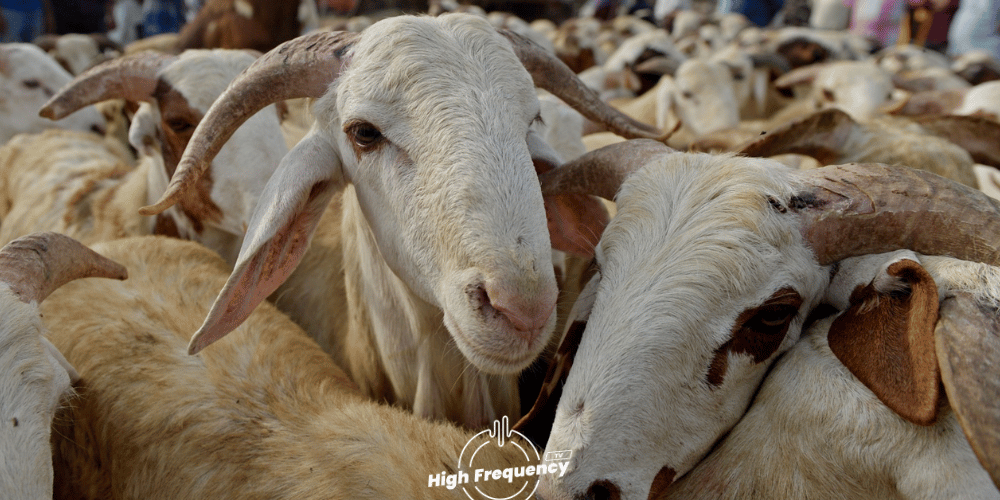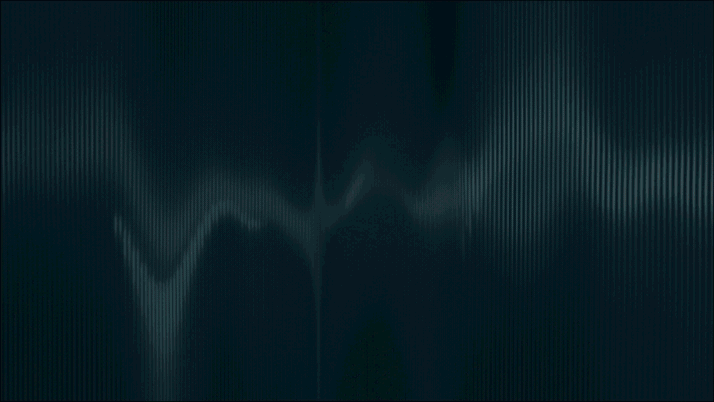As Aid Al-Adha approaches, many questions arise about the state of livestock and prices. The government has authorized the import of 600,000 sheep. The rise in red meat prices continues. This trend, which began a few years ago, will intensify in 2024, bringing prices to unprecedented levels. Typically, the increase occurs during the month of Ramadan, after which the market calms down and then stabilizes. This is not the case now. Depending on the region, prices range between 85 and 100 DH/kilo for beef and between 100 and 130 DH/kilo for mutton. As Eid Al-Adha approaches, scheduled for June 17, Moroccans fear a price increase like last year, when many families found it very difficult to obtain sheep. The Meknes International Agricultural Show (SIAM) was an opportunity to meet the heads of federations and associations representing the sector and gather their opinions.
“Livestock farming, especially cattle and sheep, is the activity most affected by drought. The depletion of natural pastures and the increase in feed prices have raised production costs. Fertility levels have declined; therefore, the supply has decreased. And automatically, prices have increased,” emphasized Abdelaziz Latifi, vice-president of the National Association of Red Meat Producers (ANPVR).
The government measures, such as the subsidy granted to support the price of barley or the 500 DH per sheep subsidy to stimulate imports, have not had the expected effects. It should be remembered that the executive decided to authorize the import of 300,000 head, which it extended a few days ago to 600,000 head. And everything indicates that they can be expanded to 1 million, to fill the existing shortage. Last year, imports from Spain, Portugal, and Romania did not lower prices. Because Moroccans avoid this type of breed and prefer local breeds, particularly Sardi. Due to the lack of enthusiasm, importers did not sufficiently adhere to this operation. The same scenario is likely to repeat itself this year. “The national livestock has been strongly affected by the adverse effects of drought. The workforce has shrunk. It needs years and favorable climatic conditions to renew itself,” Latifi explained. He continued that “despite the recent rains, the conditions in which the sector operates are still very complicated. We expect more difficult days for the current year.”
Less pessimistic is the speech of Mihi Said, head of the projects and cooperation department at the Sheep and Goat Association (ANOC), who suggests that the situation is certainly not reassuring but also not so catastrophic. “The increase in input prices is universal, as it affects almost all countries. A lot of feed is imported, especially corn and soybeans. We depend on the whims of the international market. We hope that the kindness of the heavens will be there during the next season. We estimate that prices during Aid Al-Adha will be roughly the same,” he said. The comments of some breeders confirm that the prices of Antennais (sheep under six months old) intended for fattening are on average offered at a price of over 2,500 DH, significantly higher than in previous years. The final price will therefore also be higher.
FNANCES News






Add comment